The 3 Best Ways to Avoid Cyclocross Back Pain
By Luc Mahler, Chiropractor
Cyclocross is pure chaos — in the best way. Mud, barriers, explosive power, and constant position changes make it one of the most physically demanding cycling disciplines.
But it’s also the one where I see the most back pain walk through our clinic doors every fall.
The good news? Most of it is preventable. Here are the three biggest levers you can pull to keep your back happy all CX season.
1. Dial In Your Hip Mobility — Especially the Adductors
One of the most common patterns I see in cyclocross athletes is stiff adductors (inner thigh muscles) that restrict how the pelvis moves on and off the bike.
Every time you remount, run up a hill, or grind a low-cadence section, your hips should rotate and absorb force. When they can’t, your lower back picks up the slack.
Quick fix: Adductor stretch (half-kneeling, foot out to the side) — 2×30 seconds per side pre-ride.
Add dynamic mobility drills (like lateral lunges or Cossack squats) to your warm-up, not just static stretches.
Pro tip: You should feel the stretch in the inner thigh, not your low back. If your back is doing the work here, you’re compensating — not mobilizing.
2. Build Endurance in the “Cross Position”
CX riding involves a lot of time in a semi-upright, aggressive position with frequent spikes in power. Unlike steady road riding, you’re constantly accelerating, braking, shouldering the bike, and remounting — all of which challenge spinal stability.
Most riders think they need “more core” work. What they actually need is to teach their trunk to endure load in the same position they race in.
Key drill: Modified glute bridge with heel lift — hold for 20–30 seconds per side. This lights up the deep stabilizers that keep your pelvis and lumbar spine stable under fatigue.
Low back endurance holds (think: bird dog holds, tempo planks, or short loaded carries) 2–3×/week.
Pro tip: Consistency beats volume. Two focused sets done 2–3 times a week in September will do more than a random gym session in November when your back is already sore.
3. Respect the Cumulative Load
Cyclocross races are short, but the load on your spine adds up fast — especially when you combine off-season gravel or crit volume, early-season running, new mounts/dismounts, and weekend double-headers.
The most common story I hear: “My back felt fine in training… then seized up halfway through the second race of the weekend.”
That’s not bad luck — that’s accumulated stress outrunning your tissue capacity.
Action step: Plan your season like you plan your intervals. Build CX-specific skills gradually, especially running and remounting.
Schedule an easy/recovery day after race weekends — not just “lighter intervals.” True rest matters.
Listen for early warning signs: morning stiffness, dull aches that linger post-ride, or increased tightness during mounts.
Pro tip: Your body doesn’t care whether the stress came from running, remounts, or work. It only sees load. Manage it wisely.
Bottom Line
Cyclocross back pain isn’t inevitable — it’s usually a mix of stiff hips, underprepared trunk endurance, and unmanaged cumulative stress.
Get ahead of those, and your back will stay strong from the first whistle to the last lap.
At The Movement Co., this is exactly the kind of preseason prep we do with our CX and gravel athletes.
If your back is already talking to you this fall, don’t wait for it to get worse — early tweaks are way easier to fix than full-blown flare-ups.
Book a discovery visit to get your mobility, strength, and race-season plan dialed in before it derails your season.
